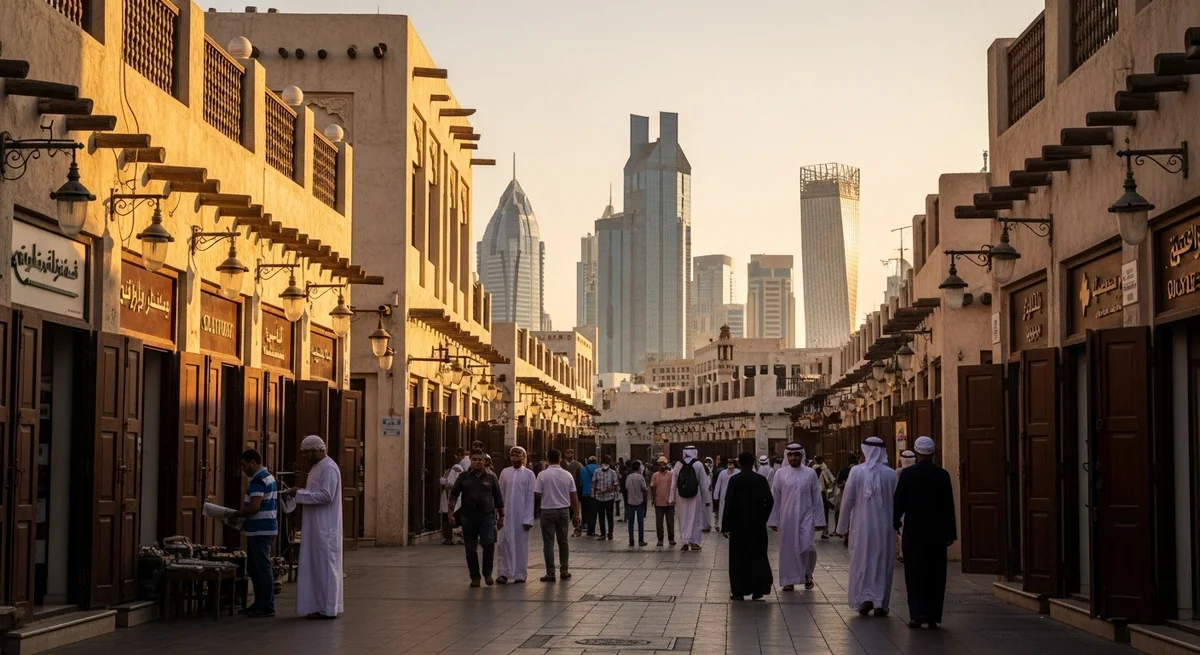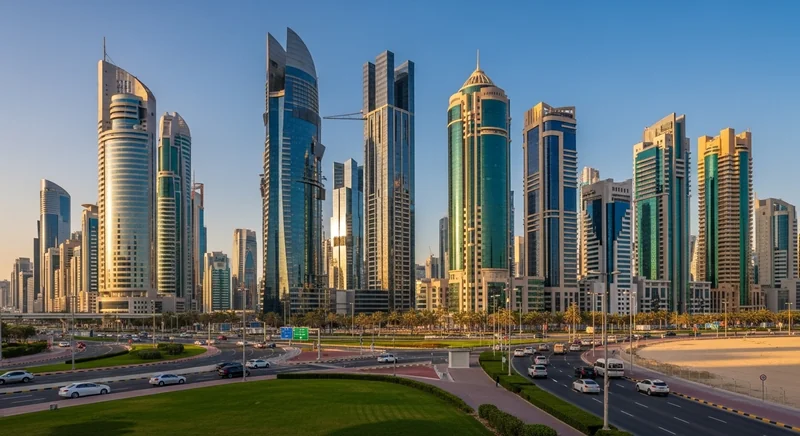Analyzing Bahrain's Economic Indicators

Analyzing Bahrain's Economic Indicators
Bahrain, a nation known for its strategic location in the Arabian Gulf, showcases a vibrant and diversified economy. Businesses and investors seeking to understand this dynamic market can benefit significantly from real-time insights into its economic indicators. This article delves into the key facets of Bahrain's economy, providing a comprehensive economic analysis that highlights the country's market potential.
Understanding Bahrain's Economic Landscape
Bahrain's economy is characterized by a diversified structure, with substantial contributions from industry and services. The GDP growth rate is projected to maintain a steady pace, with estimates suggesting a 3.0% growth in 2024, increasing to 3.2% by 2025. This growth is supported by a nominal GDP of $47.8 billion and a purchasing power parity (PPP) GDP of $105.6 billion as of 2024.
Sectoral Contributions and Labor Market Dynamics
The contribution of different sectors to Bahrain's GDP underscores its economic diversity:
- Industry accounts for 44.5% of GDP, driven by sectors such as manufacturing and petrochemicals.
- Services contribute 51.1%, reflecting the strength of financial services and information technology.
- Agriculture remains minimal at 0.3%.
The labor market is robust, with a total labor force of 855,301 and a remarkably low unemployment rate of 1.2%. The services sector employs the majority, highlighting the importance of skilled labor and service-oriented industries in Bahrain's economy.
Inflation and Trade: Key Economic Indicators
Bahrain's inflation rate is estimated at a modest 1.4% for 2024, indicating stable price levels that can foster consumer confidence and economic stability. In terms of trade, Bahrain's exports, valued at $40.344 billion, are driven by petroleum products, aluminum, and textiles. Imports, totaling $32.374 billion, primarily include crude oil, machinery, and chemicals.
Major Trade Partners
Bahrain's strategic location facilitates trade with key global partners:
- Exports: Saudi Arabia (15%), UAE (10%), USA (9%).
- Imports: China (15%), USA (12%), UAE (9%).
Financial Sector and Recent Developments
Bahrain's financial sector is a cornerstone of its economy, with banking assets reaching $247.8 billion as of January 2025. The country is a leader in Islamic finance, ranking first in the GCC. Recent developments, such as Investcorp's $1 billion fund with China's CIC, reflect Bahrain's proactive approach to attracting foreign investment and fostering economic growth.
Key Economic Developments
- Investcorp's $1 Billion Fund: Targeting high-growth sectors across Saudi Arabia, the Gulf, and China.
- BNP Paribas Restructuring: Centralizing operations to Paris, affecting the Bahraini market.
- HSBC's Sale of Retail Operations: Transitioning to Bank of Bahrain and Kuwait, indicating strategic shifts in the banking sector.

Conclusion: Navigating Bahrain's Economic Terrain
Bahrain's economic indicators paint a picture of a nation poised for sustainable growth, driven by its diverse sectors and strategic trade relationships. For businesses and investors, leveraging real-time data and insights is crucial for making informed decisions in this competitive market. Our real-time API offers unparalleled access to Bahrain's business directory, providing the intelligence needed to navigate this promising economic landscape effectively.
By staying informed on Bahrain's economic trends and leveraging cutting-edge business insights, stakeholders can capitalize on the opportunities within this thriving market.